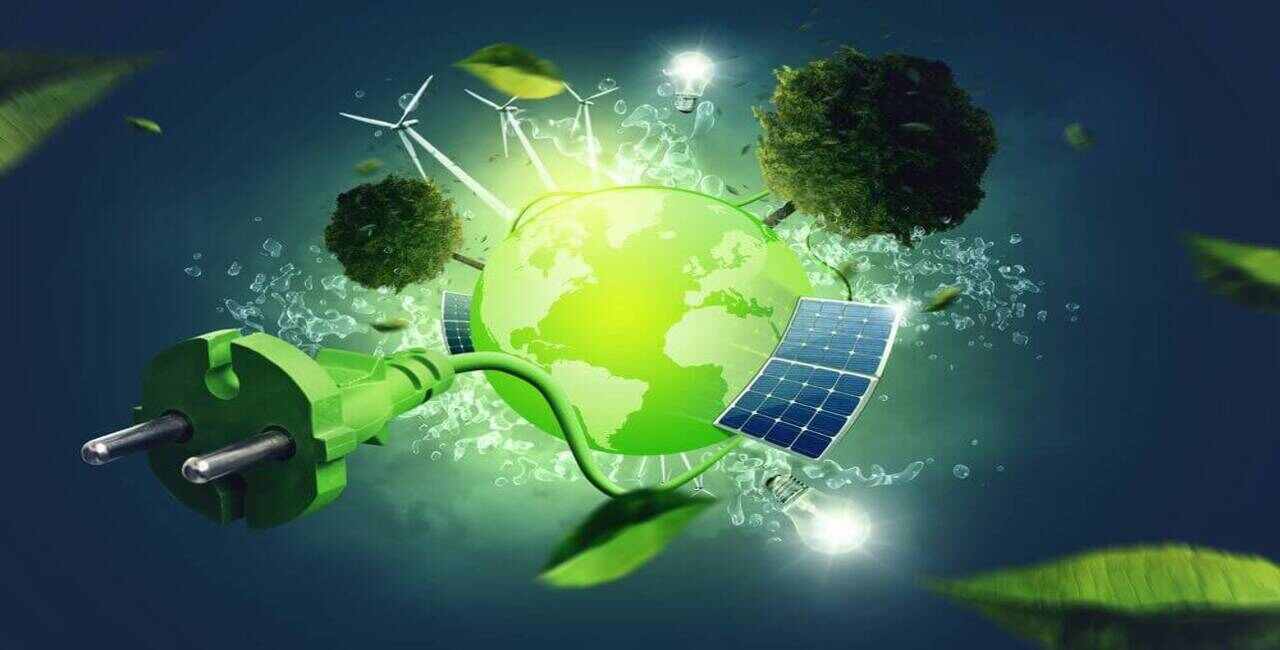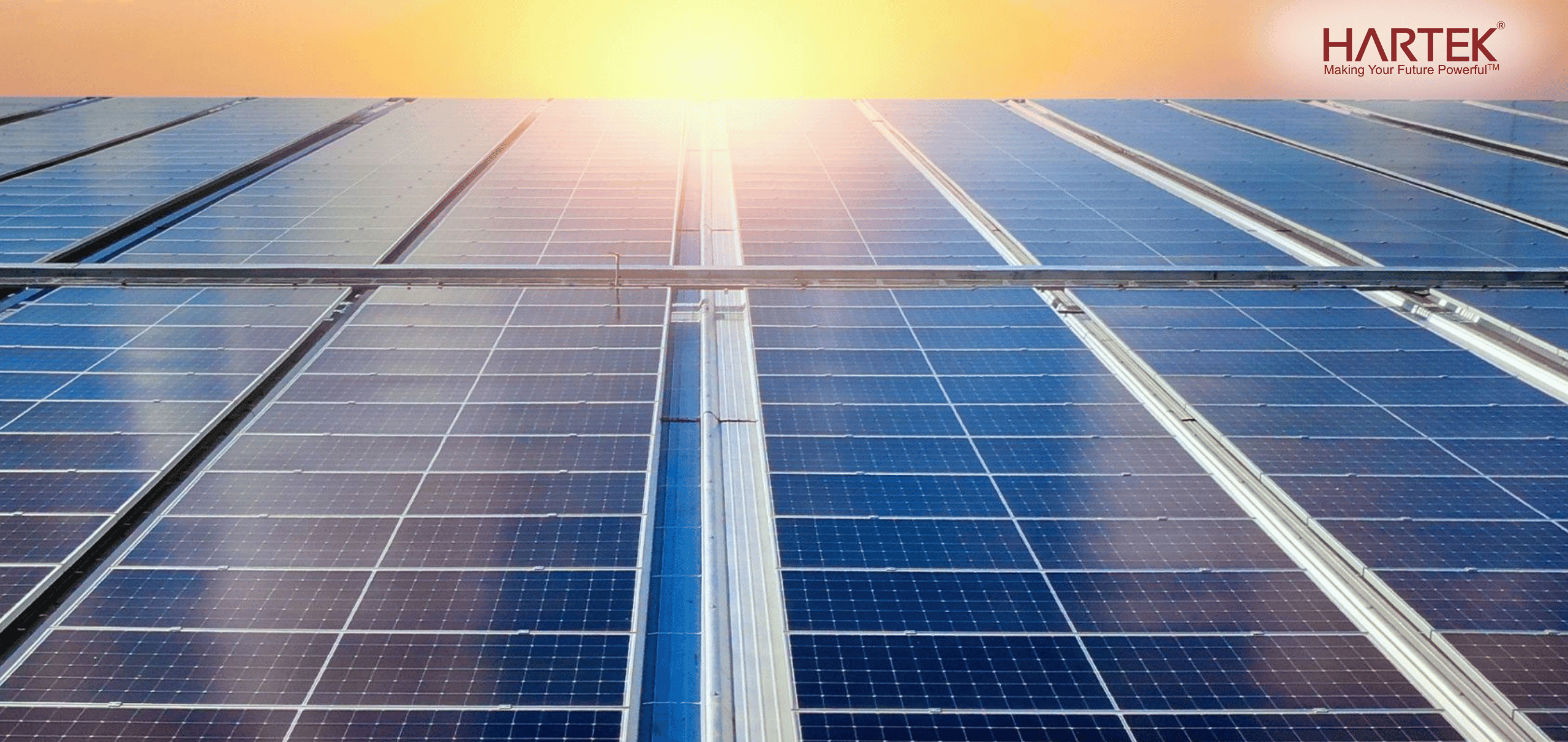The move to green energy is both an environmental imperative and an economic opportunity. For India, this transition has the potential to address significant concerns such as climate change and pollution while simultaneously boosting economic growth and energy security.
As the world’s third-largest producer of greenhouse emissions, India’s contribution to the global energy transition is essential.
Here’s what India can gain from embracing renewable energy.
Mitigating Climate Change and Environmental Pollution
India is especially sensitive to the effects of climate change, which include extreme weather events, increasing sea levels, and unpredictable rainfall patterns. The carbon budget, or the amount of CO2 emissions allowed to keep global temperature rise below 1.5°C, is quickly decreasing.
According to the Climate Change Tracker (2023), the remaining carbon budget for a 50% chance of keeping below 1.5°C is just 250 gigatonnes of CO2, which is predicted to be depleted by 2029. This highlights the need for countries, including India, to step up their efforts to reduce carbon emissions. Hartek Group is actively contributing to this mission by accelerating the adoption of clean and renewable energy solutions.

Economic Growth
The transition to green energy is crucial in this context. By replacing fossil fuels with renewable energy options, India can significantly reduce its greenhouse gas emissions, contributing to global efforts to combat climate change. Moreover, reducing reliance on coal and other fossil fuels will also help mitigate the severe air pollution that plagues many Indian cities, improving public health and quality of life.
The renewable energy sector presents a significant economic opportunity for India. Investment in renewable energy infrastructure, such as solar and wind farms, can drive economic growth and create millions of jobs.
According to TERI’s recent studies, renewable energy sources can be cost-effectively integrated with the grid. The levelized cost of electricity from solar and wind has already fallen below the tariff for new coal-based power, making renewables not just an environmentally friendly choice but also an economically viable one.
Energy Security and Independence
India is vulnerable to geopolitical tensions and volatility in the global energy market due to its substantial reliance on imported energy. But a reliable and secure energy supply is ensured by utilizing local resources, including biopower, the sun, wind, and modest hydropower.
The ambitious targets set for renewable energy development from 2023 to 2032 highlight India’s commitment to energy self-sufficiency. Solar energy is projected to grow at an annual rate of 21%, wind at 12%, small hydro at 1%, and biopower at 4%. These impressive growth rates underscore the nation’s dedication to expanding its renewable energy capacity.
Renewable energy sources such as solar and wind power have no limits and are infinite, in contrast to limited coal reserves. Small hydropower and biopower plant development broadens the energy mix and improves resilience to supply shocks. It will need significant investment and strong policy support to meet these goals.
Adopting green energy puts India in a position to become energy independent without the limitations of running out of fossil resources in the future.
Technological Innovation and Industrial Development
In India, the desire for energy storage and renewable energy sources is expected to spark a surge in scientific advancement and industrial growth. India wants to produce 450 GW of renewable energy by 2030, which will establish the nation as a global leader in the green energy industry and lower greenhouse gas emissions. This transition is being spearheaded by advances in energy storage systems and solar energy technology.
India’s renewable energy capacity has already reached over 150 GW, and with an annual growth rate of around 9%, it’s clear that the momentum is building. Also, innovations in energy storage are particularly promising.
For instance: the global market for battery energy storage systems is projected to grow from $2.9 billion in 2020 to $11.1 billion by 2025, with India playing a significant role. The country’s focus on lithium-ion batteries and other storage solutions is set to revolutionize how energy is stored and used, making renewable energy more viable and reliable.
The commitment to energy storage and renewable energy in India not only advances technology and promotes industrial progress, but also helps achieve environmental goals. This is a significant step towards a sustainable future and establishes India as a major player in the global green energy revolution.
Improved Public Health and Social Benefits
The transition to green energy in India can have profound social benefits, particularly in terms of public health. Fossil fuel combustion is a major source of air pollution, which has severe health impacts, including respiratory diseases, cardiovascular conditions, and premature death. By reducing reliance on fossil fuels and increasing the use of clean energy, India can significantly improve air quality and public health outcomes.
Rural Electrification
Renewable energy projects, particularly in rural areas, can enhance energy access and reduce energy poverty. According to a study, rooftop solar has a realisable potential of 57 to 76 GW by 2024, while utility-scale solar could produce 100 GW of solar power. Solar microgrids and small-hydro projects can provide reliable electricity to remote communities, improving quality of life and enabling economic activities. These projects can also empower local communities by creating jobs and fostering local economic development.
Policy and Regulatory Support
Achieving the benefits of the green energy transition requires strong policy and regulatory support. The government needs to implement policies that promote renewable energy development, provide financial incentives, and remove barriers to investment.
Incentives and Subsidies
Providing incentives and subsidies for renewable energy projects can attract investment and reduce the cost of renewable energy. This includes tax breaks, grants, and low-interest loans for renewable energy projects. Such incentives can make renewable energy projects more financially viable and accelerate their deployment.
Regulatory Framework
A robust regulatory framework is essential for integrating renewable energy into the national grid. This includes policies that facilitate grid access for renewable energy producers, ensure fair pricing, and support the development of energy storage solutions. Regulatory certainty can create a favourable environment for investors and promote long-term growth in the renewable energy sector.
Aligning with Global Climate Goals
India’s transition to green energy is also crucial for its international standing and alignment with global climate goals. As a signatory to the Paris Agreement, India has committed to reducing its carbon emissions and increasing the share of renewables in its energy mix. By making significant progress in this area, India can strengthen its leadership position in global climate negotiations and enhance its influence in shaping international climate policies.
Climate Finance
Access to climate finance is crucial for funding large-scale renewable energy projects. India can benefit from international climate funds and financial mechanisms that support clean energy projects in developing countries. Mobilising climate finance can help bridge the funding gap and ensure that renewable energy projects are implemented at the required scale and speed.
Conclusion
The green energy transition presents a multifaceted opportunity for India. It is a pathway to mitigate the severe impacts of climate change and environmental pollution, stimulate economic growth and job creation, enhance energy security, and improve public health. Achieving these benefits will require concerted efforts from the government, industry, and society at large. Policies that support renewable energy development, investment in energy storage technologies, and initiatives to foster innovation and industrial development are essential.
Hartek Group is powering industries in India with clean energy primarily through its renewable energy projects. As an Engineering, Procurement & Construction (EPC) company, Hartek Group has linked 10 GW of solar power to the grid. Its subsidiary, Hartek Solar, focuses on designing, engineering, and installing industrial, commercial, and floating solar rooftop systems. Hartek Solar has installed over 100 MWp of rooftop solar across India and built North India’s largest floating solar plant in Chandigarh. This contribution is helping India’s advancements in renewable energy capacity and building a more sustainable future.
FAQ’s:-
1. What is green energy and why is it important for India?
Green energy refers to renewable power sources like solar and wind that help reduce pollution, improve health, and boost energy independence.
2. How does green energy benefit the Indian economy?
It creates jobs, drives industrial growth, and lowers energy costs by replacing expensive and polluting fossil fuels with renewables.
3. What role does Hartek Group play in India’s green energy shift?
Hartek Group connects solar power to the grid and installs rooftop solar systems, accelerating India’s transition to clean energy.
4. How does green energy improve public health in India?
By reducing air pollution from fossil fuels, green energy decreases respiratory illnesses and improves the overall quality of life.
5. What are India’s goals for green energy by 2030?
India aims to generate 450 GW of renewable energy, achieve energy independence, and lead global efforts in combating climate change.
Share:
Explore More
Keep up-to-date with the most trending news stories that are shaping the world today.







